It’s obvious almost instantly that you’ve crossed the border into Slovakia. Everything looks similar, but just different enough. The villages above all: stretched out along a single road, houses huddled up to the street, house after house looking quite similar.
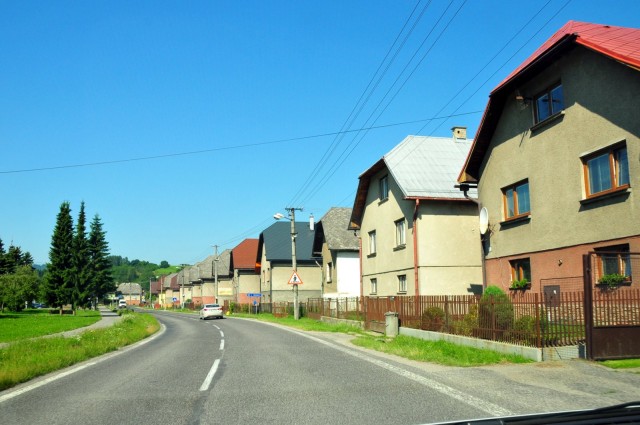
Today’s fieldtrip, Oravský Hrad — Orawa Castle, just about forty kilometers inside Slovakia but a world away from the twenty-first century. Probably the third or fourth time I’d been there, but when I’d shown L pictures of the castle — instant intrigue.
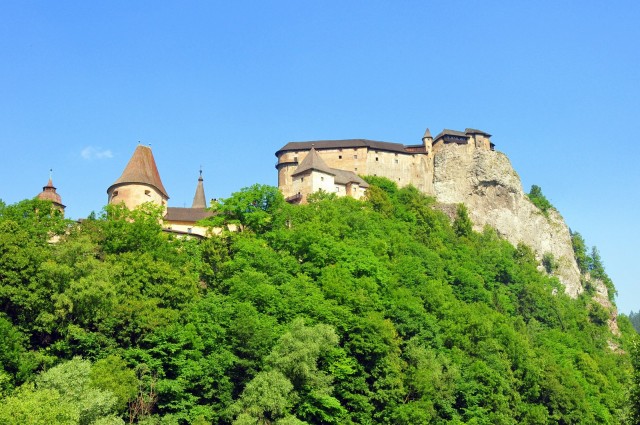
And who wouldn’t be intrigued with a castle literally perched on the razor tip of a high cliff?
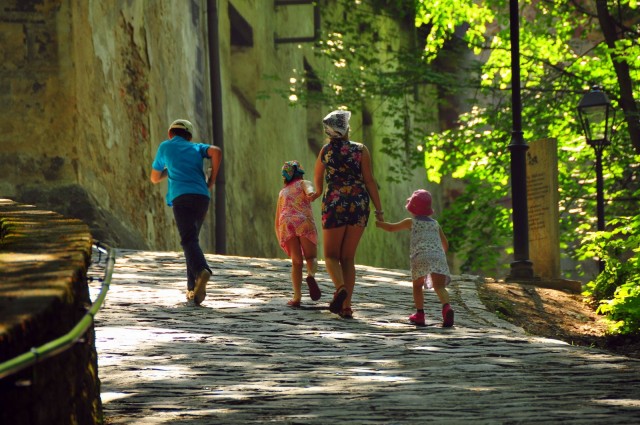
Yet I was a little worried about the legs of our smallest visitors: it begins with a climb and only grows steeper through the visit. Up, up, up — anyone with any fear of heights needs not apply, nor anyone with weak legs.

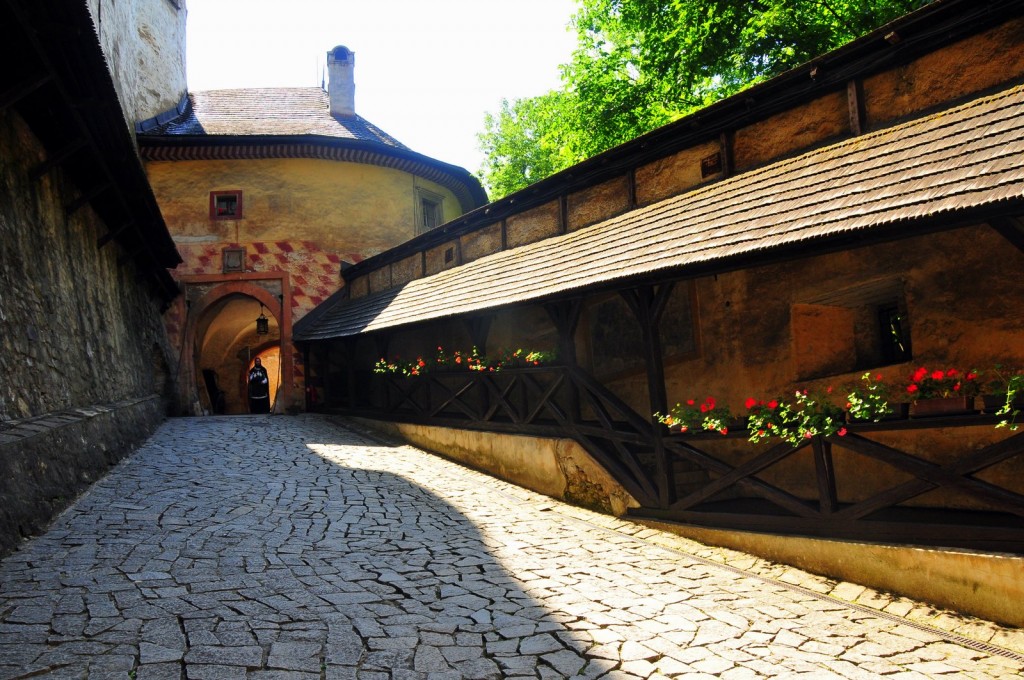
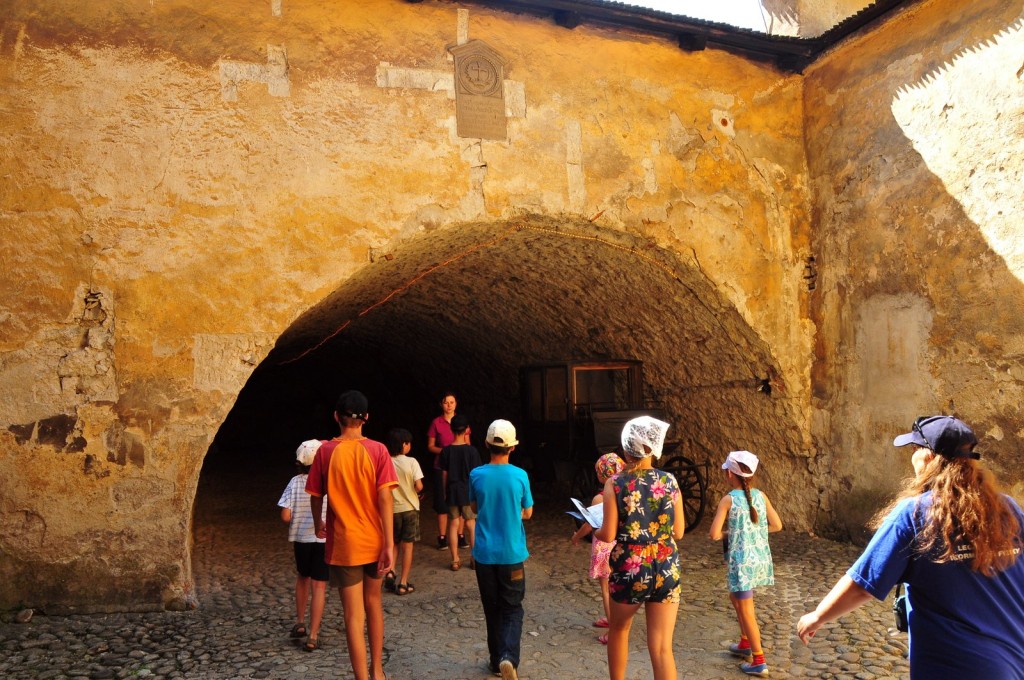

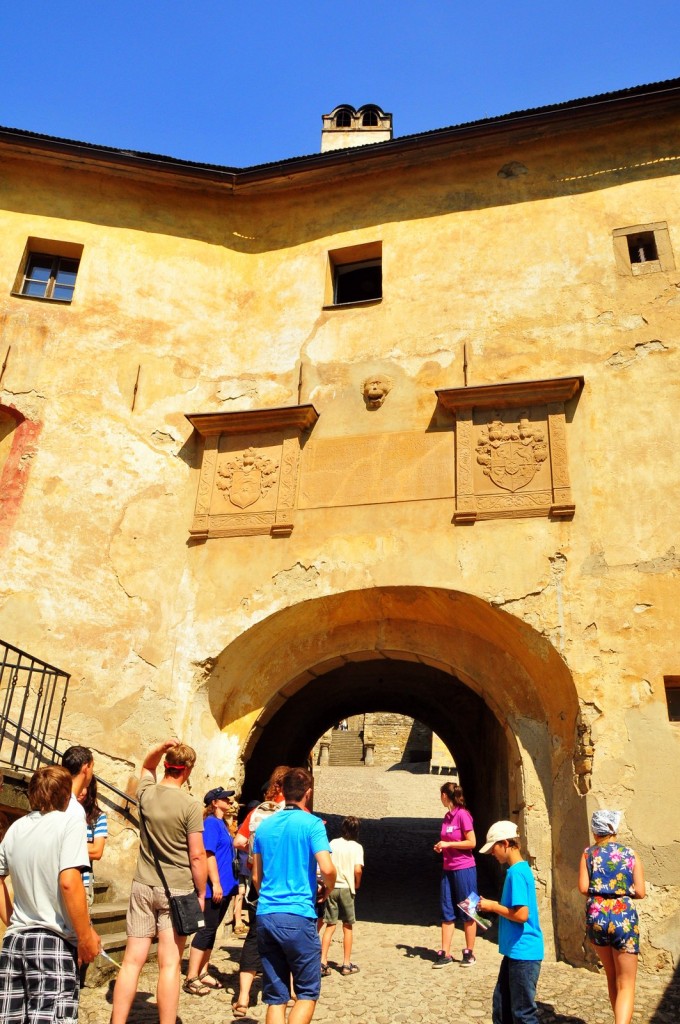
Having seen for the first time a couple of years ago the film 1922 Nosferatu, I was particularly interested in the first couple of gates. While none of the interiors were used for the film, the exteriors framed the early adaptation of Dracula.
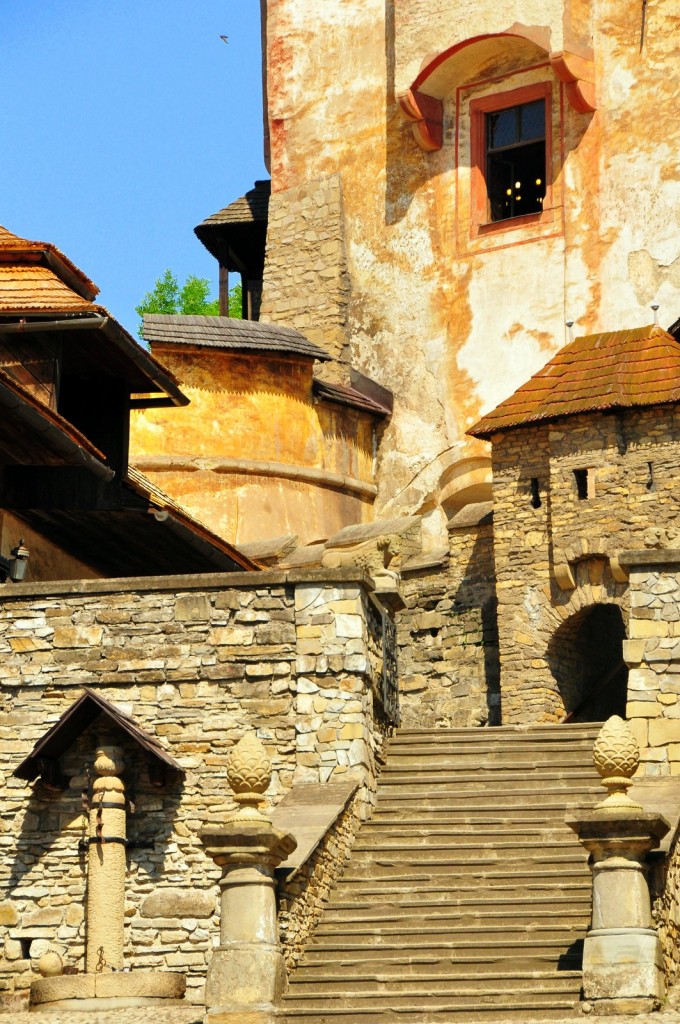
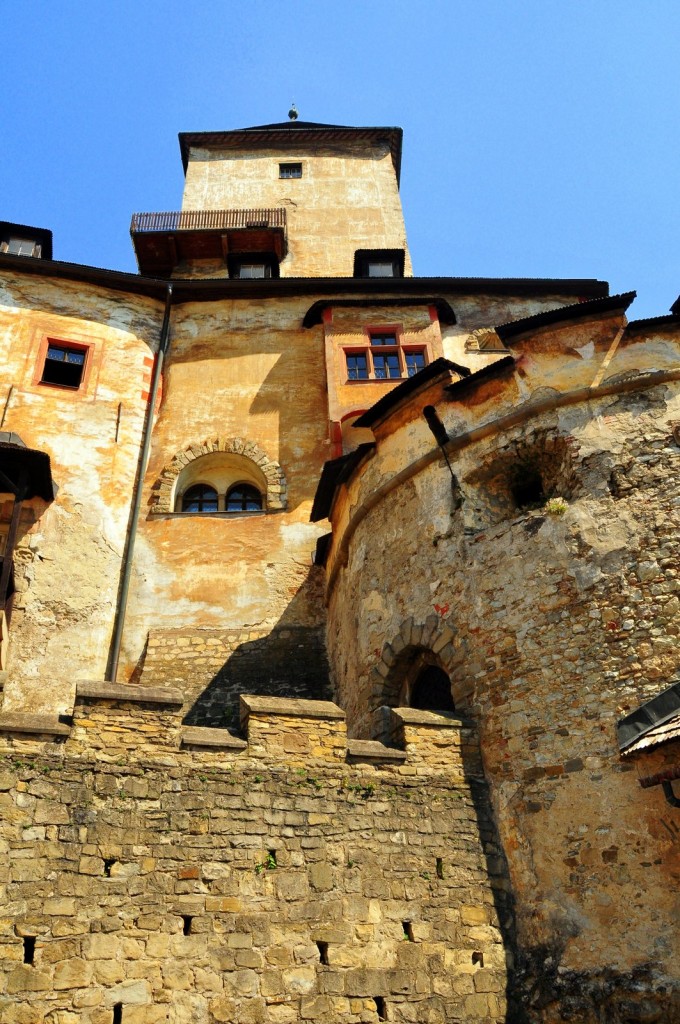
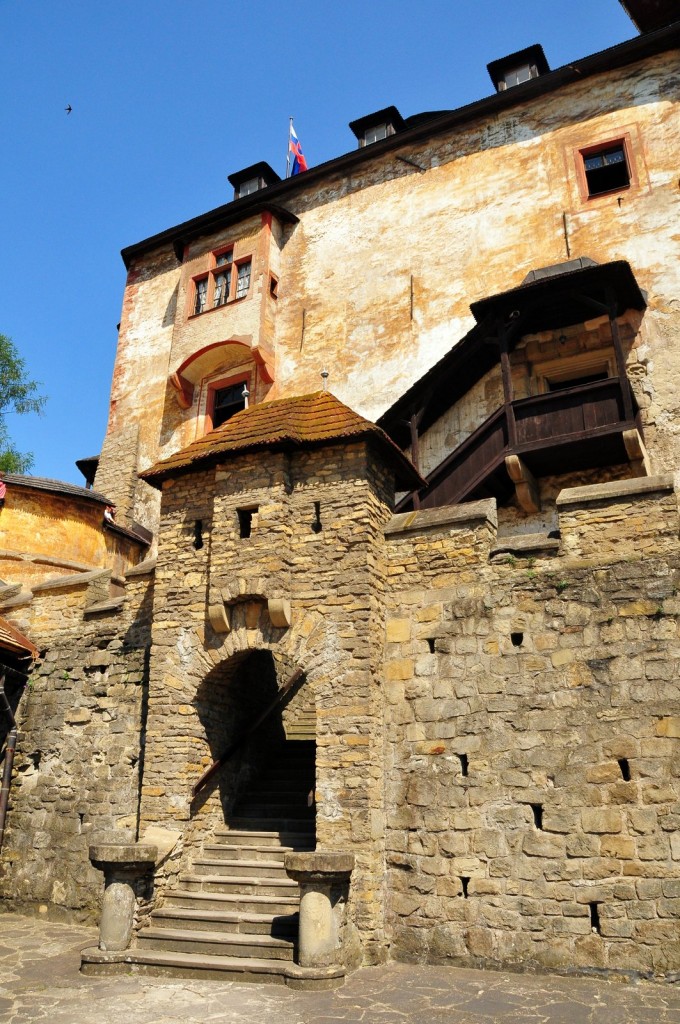
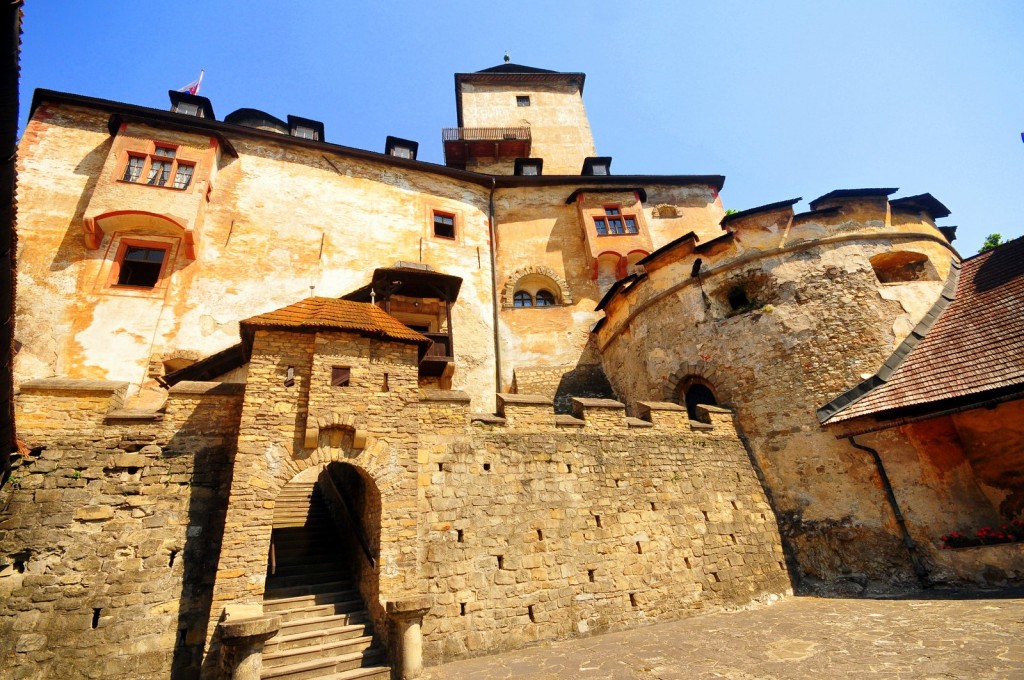
In 1922 none of the interiors had yet been renovated, but if they had, there are a few interiors that certainly would have served the film well.
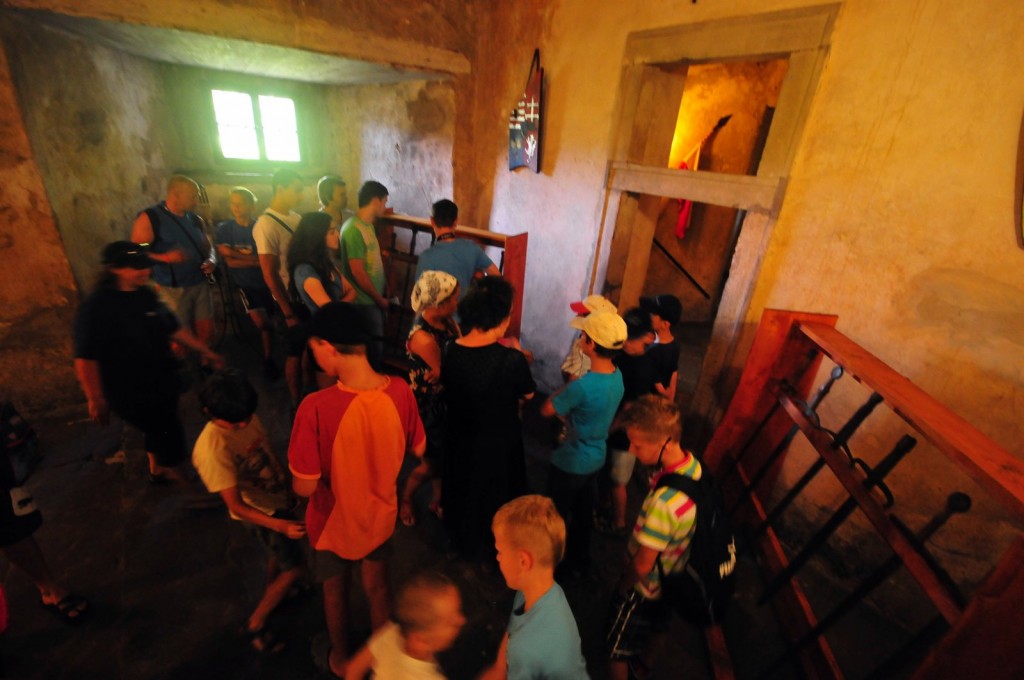
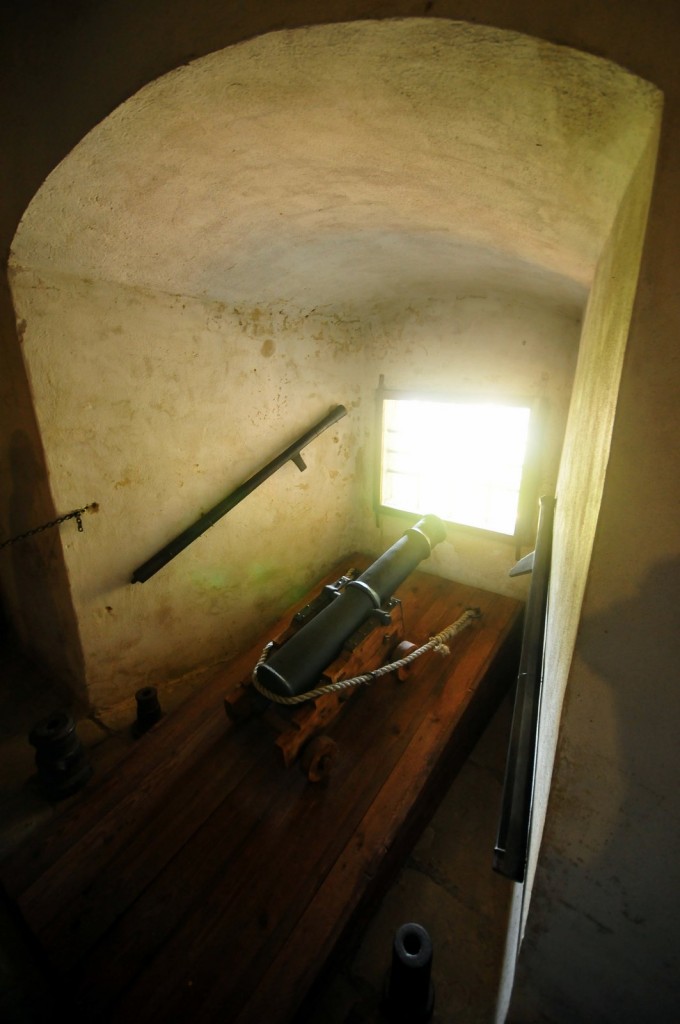
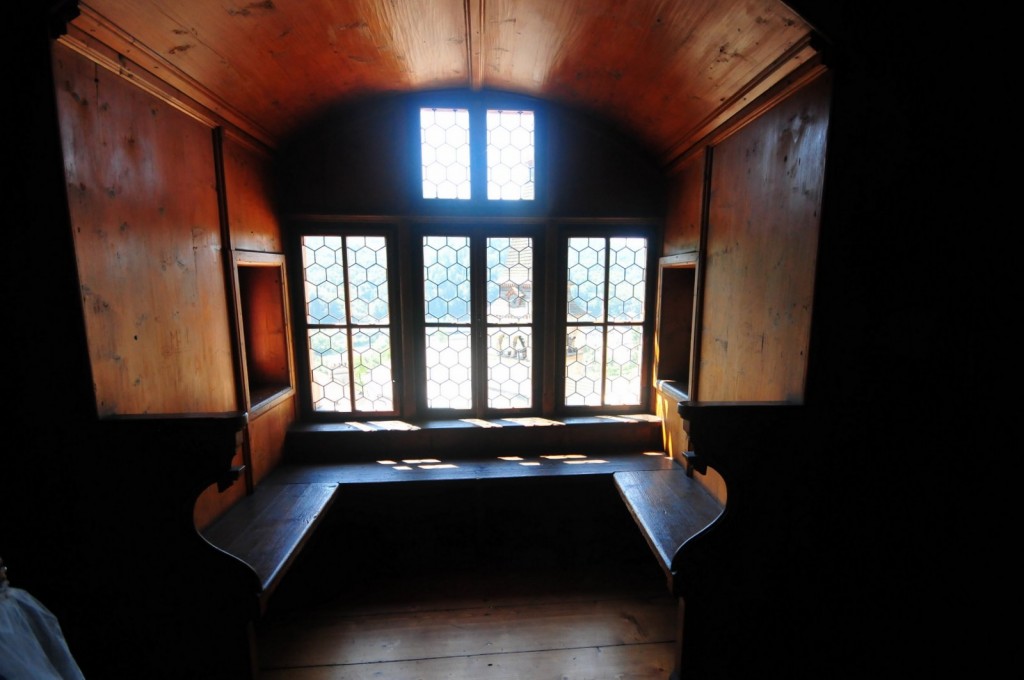

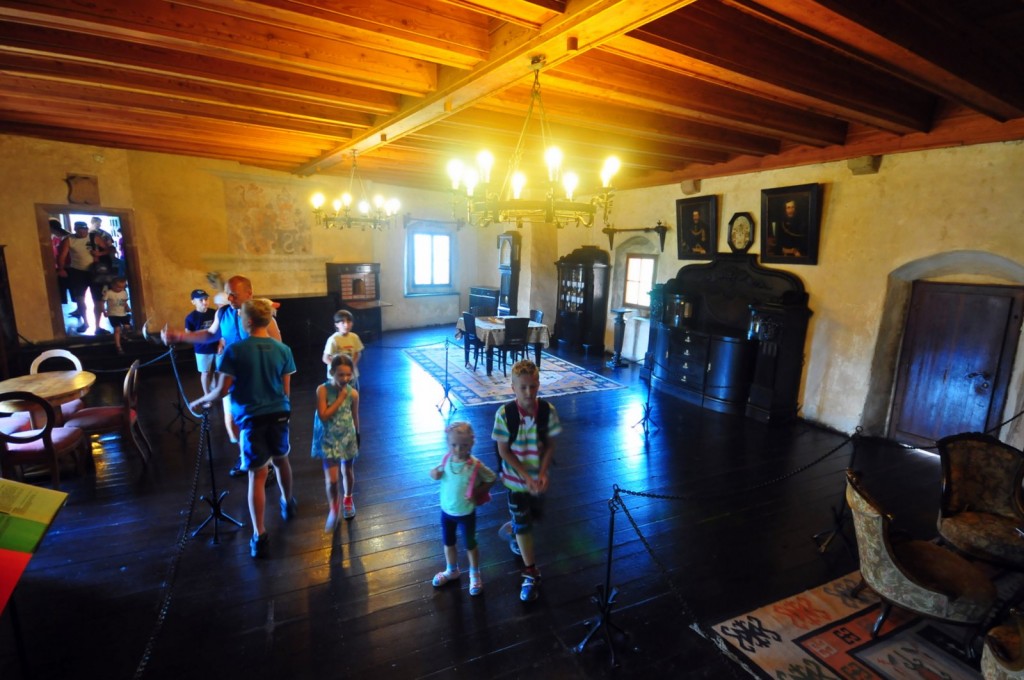
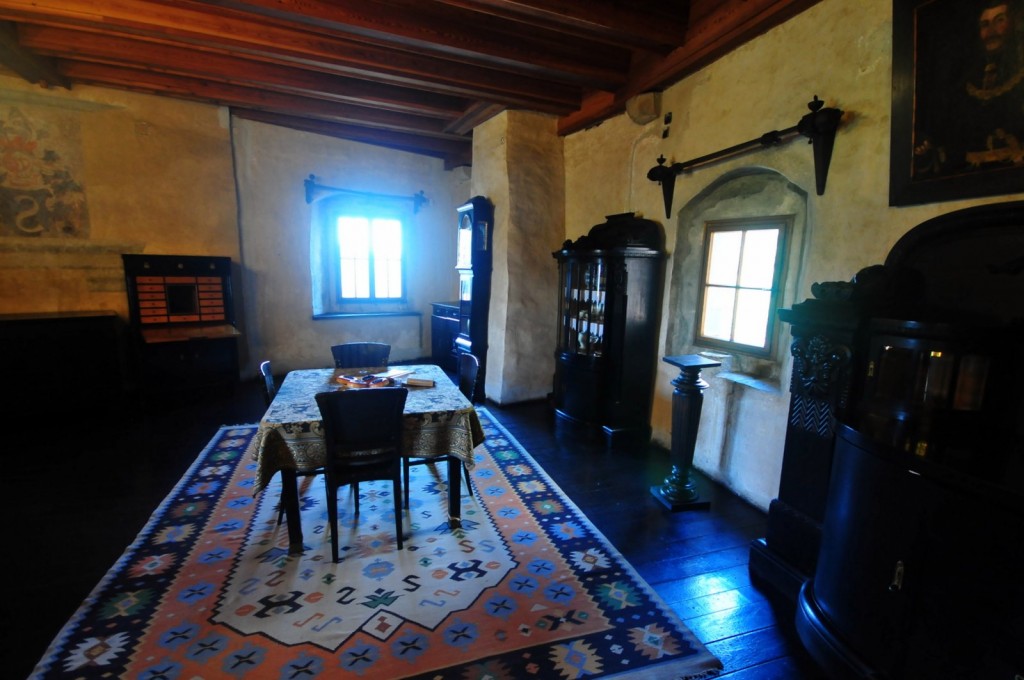

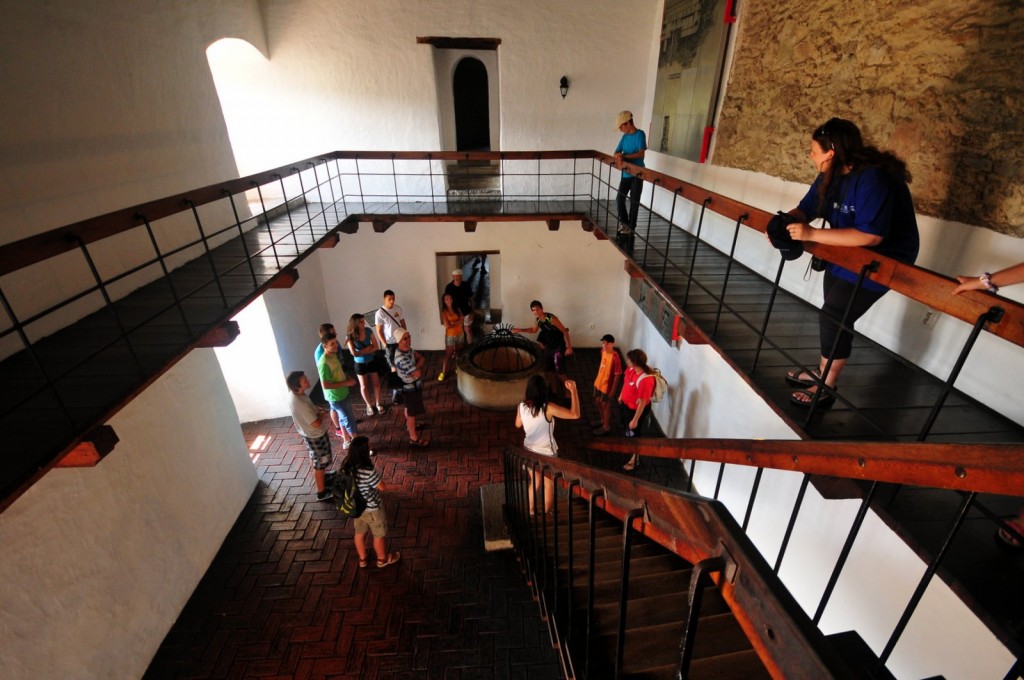

As for today’s visit, the interiors seemed less interesting than the exteriors. And most fascinating was the mannequin dressed as Count Orlok, the vampire antagonist from Nosferatu.
“Tata, is that real?” And it was a fairly terrifying sight.
“Why does he have claws?” little D asked.
“What is that?” S asked.
I explained to everyone about the film, and honestly, I thought they would continue to worry about it, to fret about it. But soon enough, they were crowded around the mannequin.

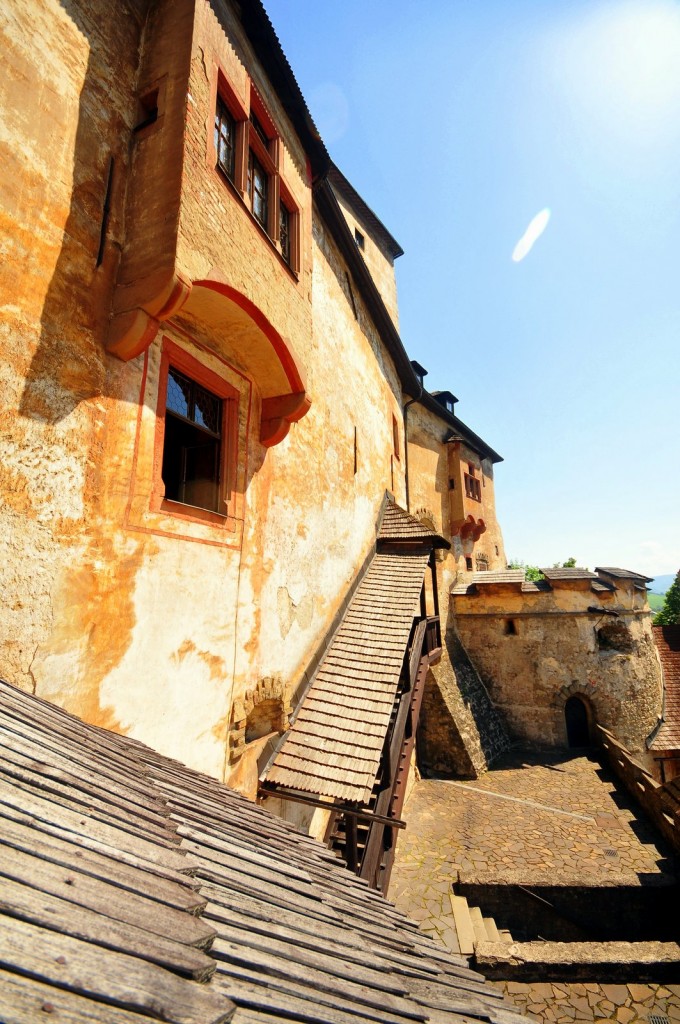
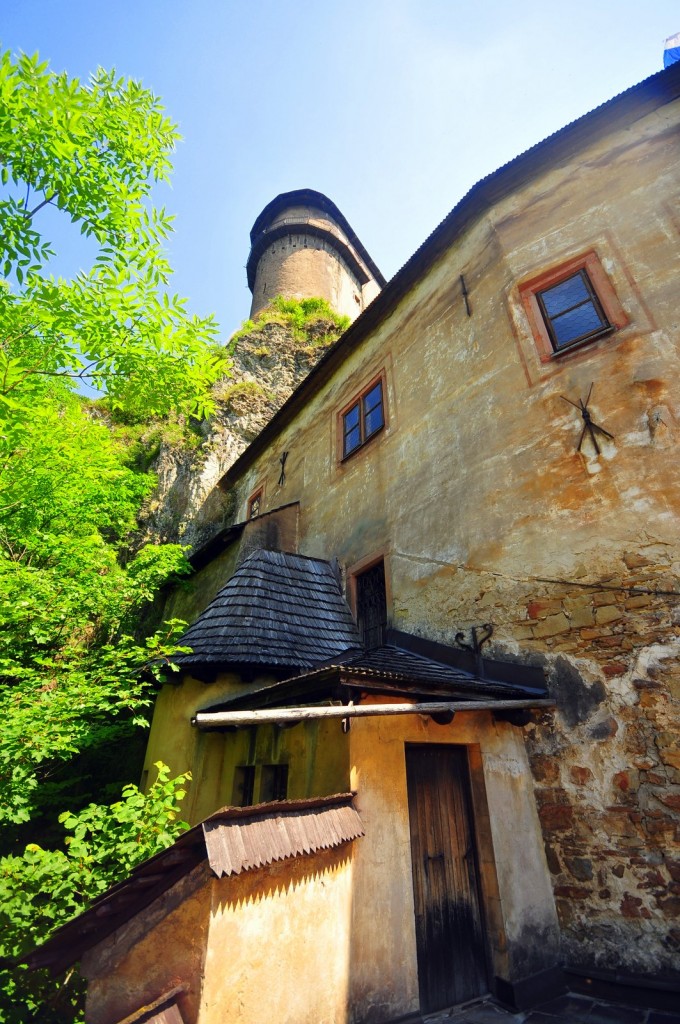

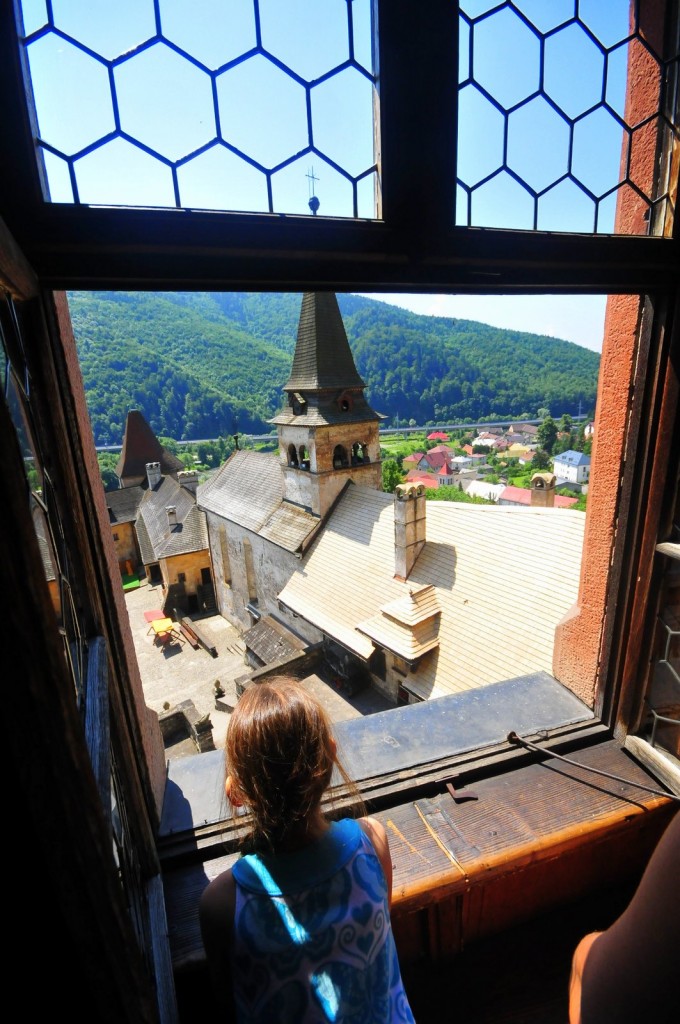

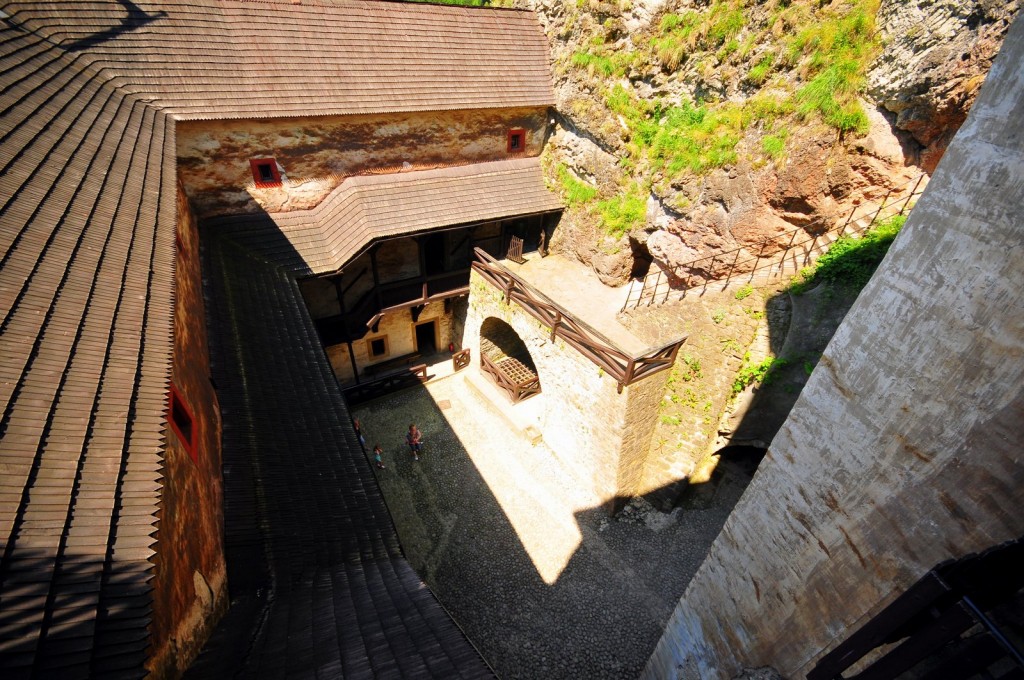
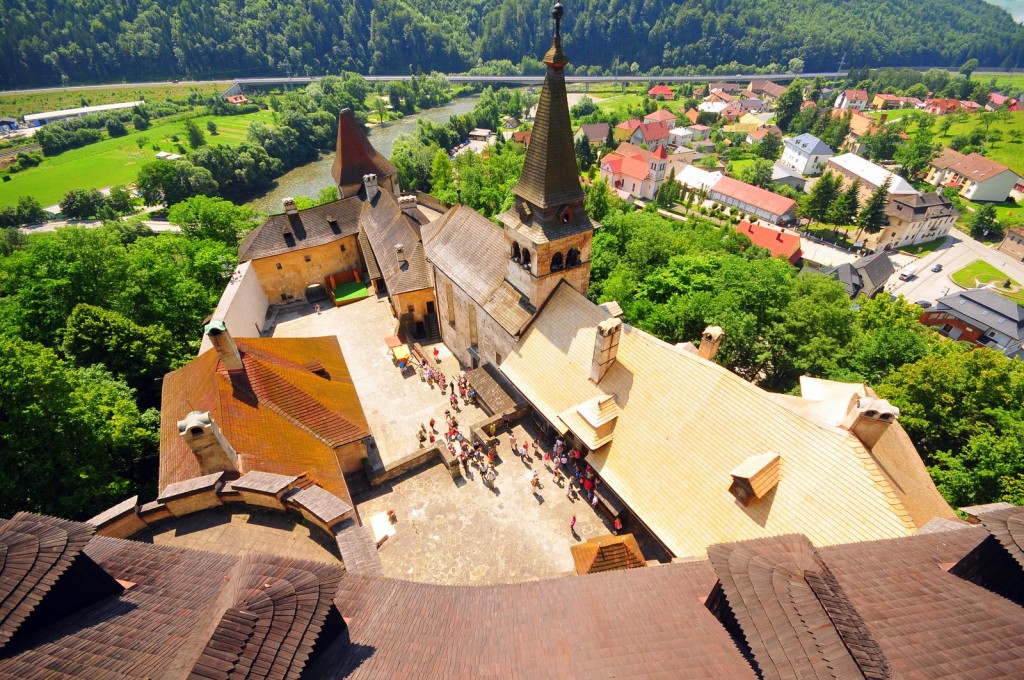
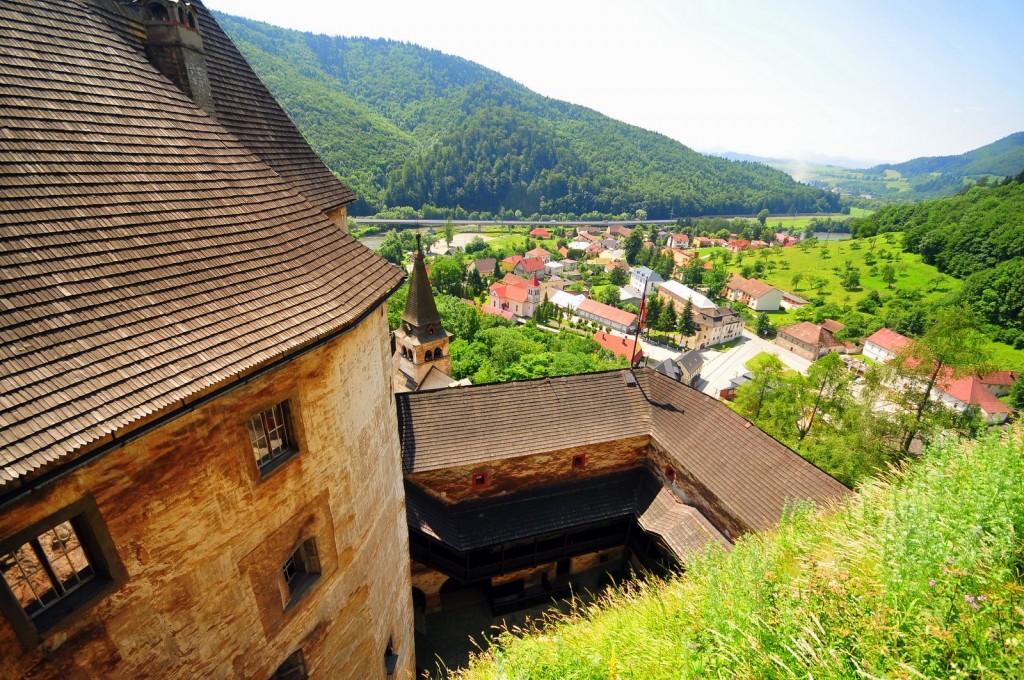
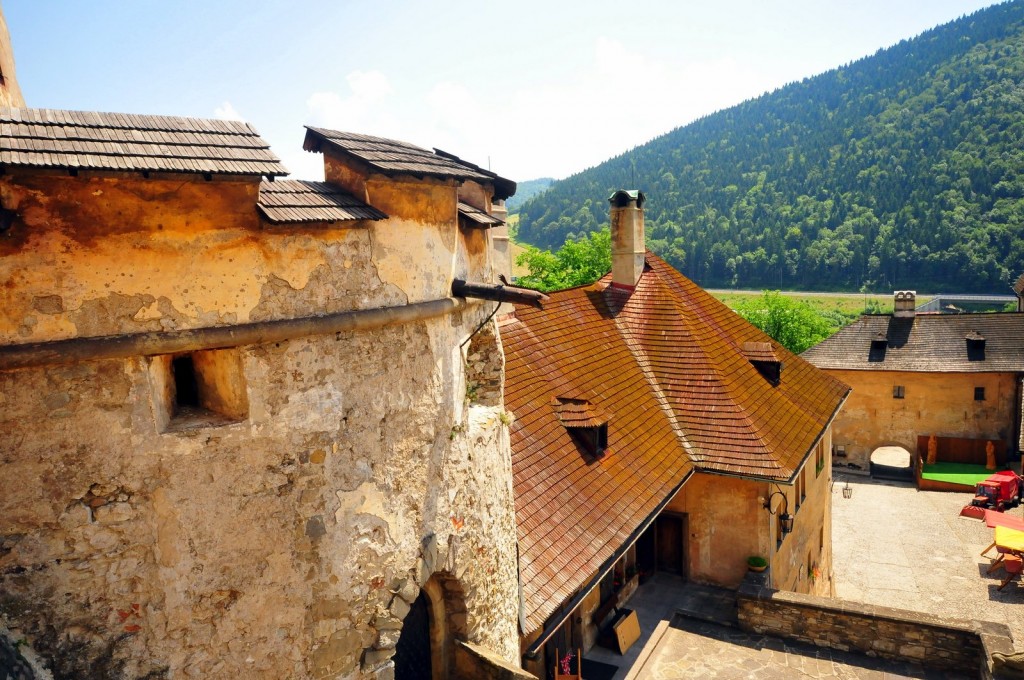
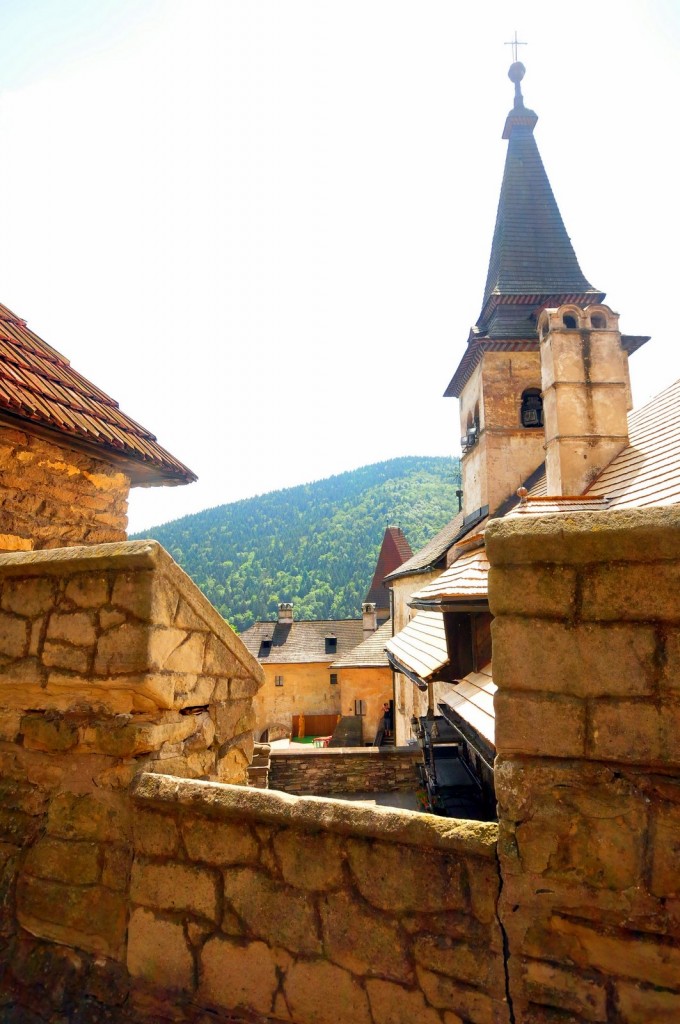
A small victory for adult common sense in children.